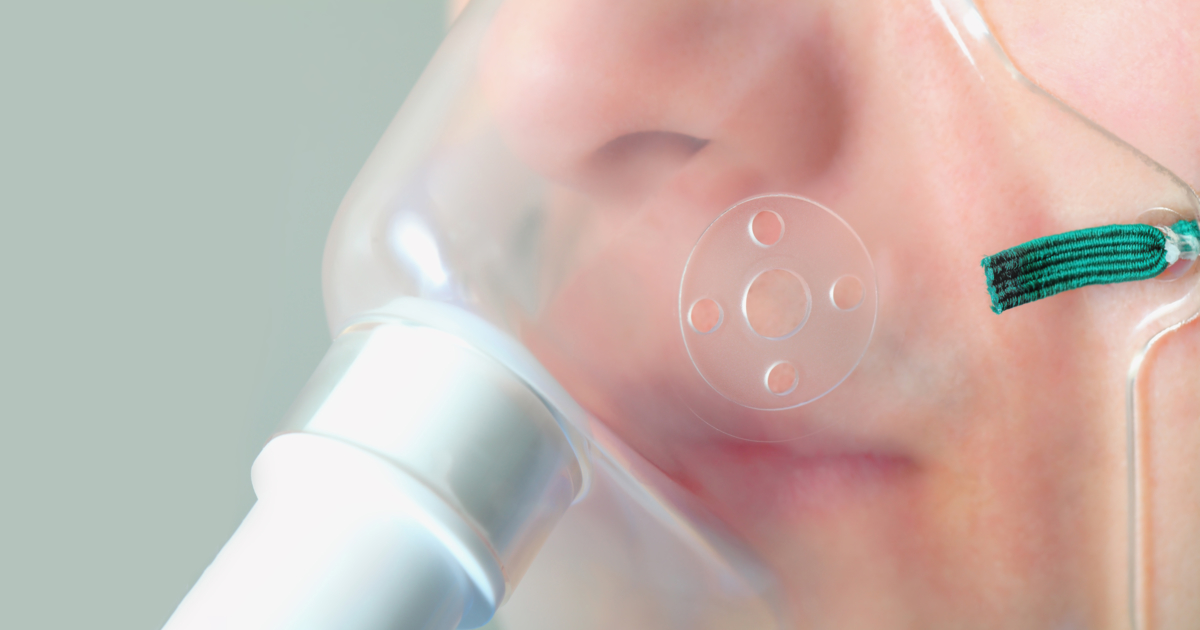Histoplasmosis: Complications And Prevention
Histoplasmosis is an infectious condition caused by a fungus known as Histoplasma. This fungus is present in the soil, and it is especially common in soil containing bird and rat droppings. Patients become infected with the fungus when they inhale its spores. Typically, the spores become airborne through home renovation, cleanup, and demolition projects. Construction workers, farmers, landscapers, and others who frequently work with soil are at an elevated risk of this infection.
In the United States, the Histoplasma fungus is prevalent in the Ohio and Mississippi river valley areas. While the majority of infected individuals will not develop symptoms, those who become symptomatic may have a dry cough or a fever, and they might develop significant fatigue as well. Some patients may also experience chest pain. These symptoms usually resolve on their own for patients who are otherwise healthy. However, medication may be needed for patients who have histoplasmosis and an underlying medical condition that weakens the immune system.
Adrenal Insufficiency

Adrenal insufficiency, one of the potential complications of histoplasmosis, is a condition in which the adrenal glands do not make enough of a hormone called cortisol. Patients with adrenal insufficiency may experience weight loss, fatigue, loss of appetite, and abdominal pain. To diagnose this insufficiency, doctors carry out blood tests, and imaging studies can sometimes be useful in finding the cause.
The typical treatment method for adrenal insufficiency is a prescription of cortisol that helps restore the body's levels of this hormone to normal. Patients with adrenal insufficiency may also benefit from consuming a diet that is high in sodium. For patients with histoplasmosis, symptoms of adrenal insufficiency normally improve as the histoplasmosis is managed.
Acute Respiratory Distress Syndrome

Acute respiratory distress syndrome may occur if histoplasmosis causes significant lung damage. Considered a form of respiratory failure, symptoms of acute respiratory distress syndrome often include shortness of breath, a blue tinge to the skin, and rapid breathing. These symptoms are produced when the lungs fill with fluid, resulting in low oxygen levels and making breathing nearly impossible. Doctors can diagnose acute respiratory distress syndrome with a physical examination, blood tests, and a chest x-ray. The syndrome requires emergency treatment in the hospital, where patients are provided with oxygen, and staff may also try to get the patient to lie face down on the hospital bed.
Known as prone positioning, this is believed to improve the body's oxygen levels. If necessary, patients can be placed on a ventilator to help them breathe. The ventilator delivers oxygen into the patient's trachea, and patients may need to be sedated while on the ventilator. Some patients will also be given diuretics to reduce the amount of fluid accumulation in the lungs. In severe cases, doctors may try to use extracorporeal membrane oxygenation (ECMO) as a treatment option. This complex procedure involves removing blood from the body and pumping it through a device that adds oxygen and takes out carbon dioxide. The oxygenated blood is then returned to the patient.
